Java Reference
In-Depth Information
< Day Day Up >
Geometrical Illusions: Direction
The
Twisted Cord illusion
(pages 13 and 221), also known as the
Fraser figure
, was described by
psychologist James Fraser in 1908. The letters "CAFE babe" on page 13 are set straight and true; the
perceived tilt is illusory. What appears to be a tilted "square spiral" on page 221 is in fact eight
concentric squares, set straight and true.
The
Ehrenstein illusion
(page 35) was described by psychologist Walter Ehrenstein in 1925. The
sides of the square are straight, but they appear to curve towards the center of the circles.
The
Café Wall illusion
(page 39) was first demonstrated by Fraser in 1908, and named by Richard
L. Gregory and Priscilla Heard
[Gregory79]
. The lines of black and white tiles appear slanted but
they are perfectly level. The illusion gets its name from the fact that it was found in a tile pattern on
the wall of a café in Bristol, England.
The
Cushion illusion
(page 152) was devised by vision scientist and artist Akiyoshi Kitaoka in
1998. This drawing consists solely of rectangles and squares, set straight and true; the curvature is
all in your mind. If you find this hard to believe, you can confirm it with a straightedge. The
Bulge
illusion
(page 65) and the
Checkered Flag illusion
(page 169) were also devised by Kitaoka in
1998. They consist solely of squares, set straight and true; the bulging and rippling are in your mind.
All three of these illusions are based on the same underlying effect.
The
Turtles illusion
(page 225) was devised by Kitaoka in 2002. The vertical edges appear tilted but
they run straight up and down. The underlying effect, known as the
illusion of Fringed Edges
, was
described by Kitaoka, Pinna and Brelstaff
[Kitaoka01]
.
< Day Day Up >
















Search WWH ::

Custom Search